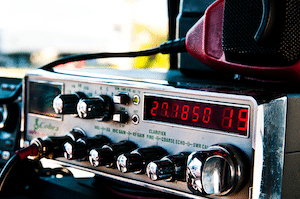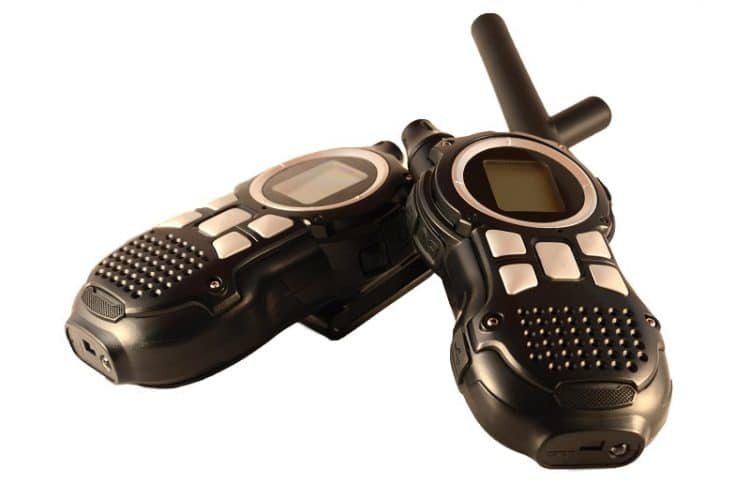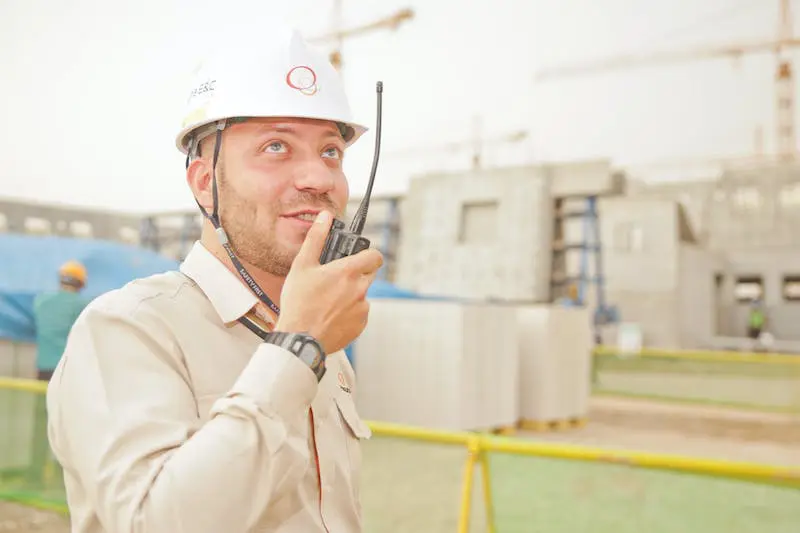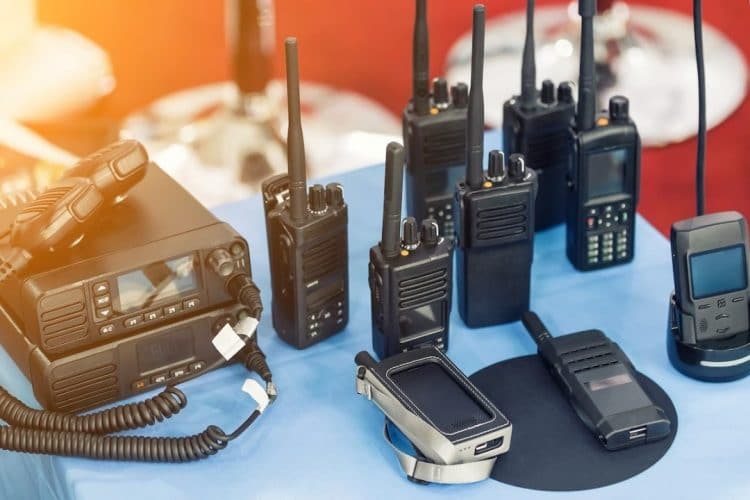While it isn’t necessary to know exactly how two-way radios work if you are planning on buying one, it is always worth knowing a little bit about the basics. So, that is exactly what we are going to teach you on this page. We are going to run you through the absolute basics of how they operate. This should probably help to open your eyes a little bit to the benefits of owning this piece of kit.

So Really, How Do Two-Way Radios Work?
In the following sections, we are going to run you through how your two-radio will be able to both receive audio signals and send them out. We are also going to introduce you to the parts of the two-way radio too. This will show you that this piece of kit is actually quite simple, and yet incredibly effective at what it does.
Before we do all that, we thought it would probably be best to give you an explanation of ‘radio waves’. So, what are they? Well, have a look around you right now. See them? They are there. We promise! They are just invisible. We are constantly surrounded by radio waves. Even if you are in the middle of nowhere, there will likely be some radio waves in the vicinity.
Radio waves are electromagnetic radiation frequencies. We suppose you can think of them as vibrations. Each radio wave is vibrating at a slightly different rate (this is known as a frequency), and two-way radios will be looking for the radio wave that matches the frequency that they are tuned into. If it can find a radio wave operating at that frequency, then it will be able to convert that signal into something you can hear. However, we will talk more about that in a short while.
The Components in a Two-Way Radio
This is a very, very simple overview of the various components that you will find on a two-way radio. This is to make it a little bit easier for you to understand when we go through how the two-way radio actually works when it comes to both sending and receiving messages.
At the heart of a two-way radio will be the tuner. The purpose of the tuner is to allow the radio to pick up the signals. Your radio will look for signals based upon whatever the tuner is ‘tuned’ too (i.e. a channel or specific frequency)
You will then have separate circuits called the receiver and transmitter. The purpose of the receiver is to take signals that arrive through the antenna and convert it to sound that can be heard through the speaker on the device. The transmitter will take in the audio and send it out through the antenna via radio waves.
The antenna is the bit of kit that is going to be looking for those radio signals. It will also send out the signal when you pump out a message! The top rated 2 way radios typically have an antenna protruding out of the top of the radio, but some do have them built-in. The former tends to be much, much better when it comes to audio quality.
Of course, to cap all of that off, you have your speaker so you can hear messages sent to you, and then you have a microphone so that you can send messages out. These can either be the same component on the two-way radio but it is more likely to be separate components.
Sending Messages on your Two-Way Radio
In order to send a message on your two-way radio, you will need to follow this process.
First, select the frequency that you wish to transmit on. If you have a cheaper two-way radio, then it is likely that there will only be one frequency (common with walkie talkies). In other cases, you can switch between specific frequencies or pre-programmed channels. Basically, you are going to want to look into how your specific radio works to know exactly what needs to be done.
After that, just hit the ‘push to talk’ button and speak into the microphone. Don’t get too close, because it will cause a bit of static on the microphone. This can make it tough for people to hear your messages.
The second you speak, your analog audio signal will be sent right into the transmitter of the two-way radio. This transmitter will then work with the antenna to pump out your message so everybody can hear it. This process is so fast that a split second after you talk, your voice will have been converted to radio waves and it is likely somebody will be listening in on your message.
Receiving Messages On Your Two-Way Radio
This process is typically the same, even if you’re using accessories like a two-way radio signal booster. In most cases, you are going to need to be tuned in to a specific channel or frequency. You will then only be able to receive signals on that specific channel. Other radios will have a scanning feature built-in. With this feature, it will be scanning all of the radio channels the two-way radio is programmed to scan at once. If it finds a signal, then it will let you hear it. Simple as that!
The radio will constantly be scanning for signals whenever it is turned on. If it picks up a signal on the specific frequency the radio is tuned to, it will be received by the antenna and filtered through the receiving circuit. The receiving circuit will then convert this signal to an audio signal so you can hear it. This process is instant, and often it will take no more than a second or two from the sender sending the message for it to be received although, of course, this is going to be dependent on how far away the sender of the message is.
As you can see; the process is pretty simple! You don’t even need to know how it works. Just make sure your radio stays turned on, and it will do all of the hard work for you!



